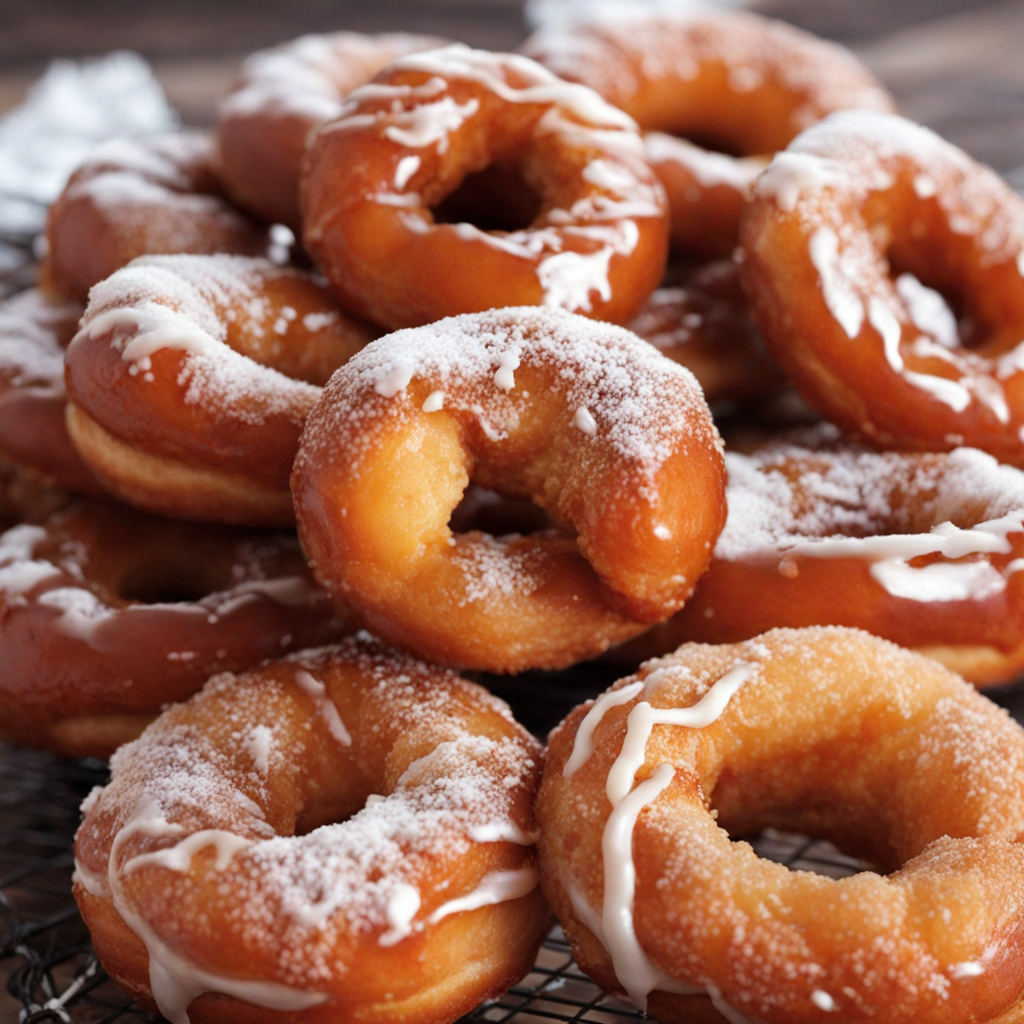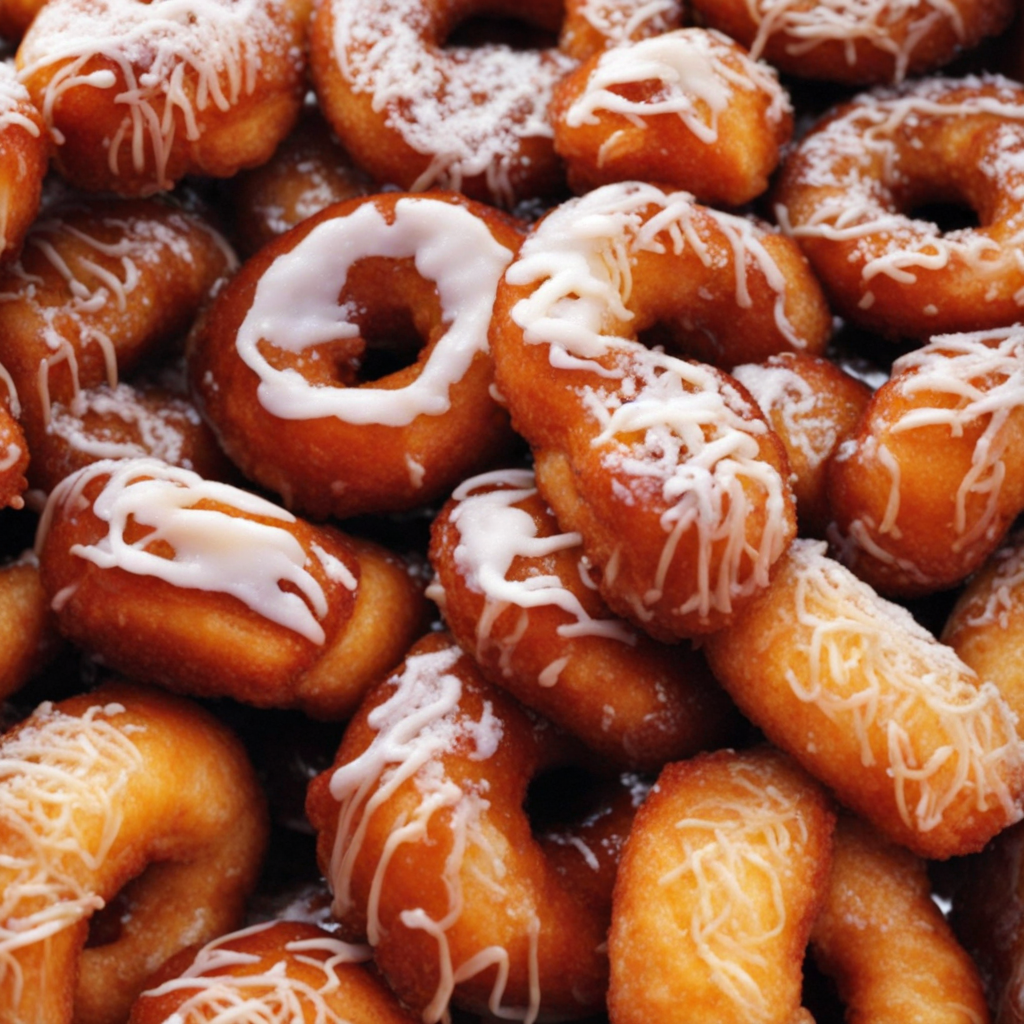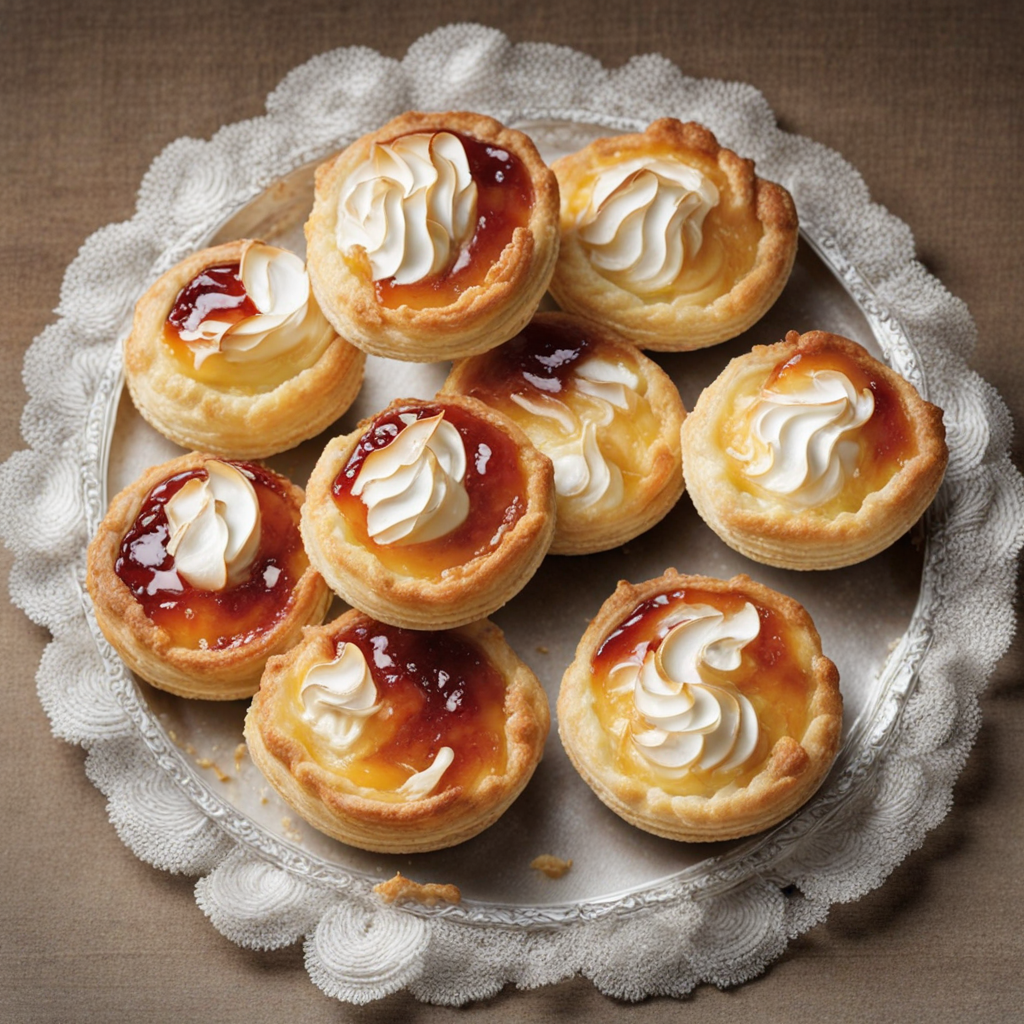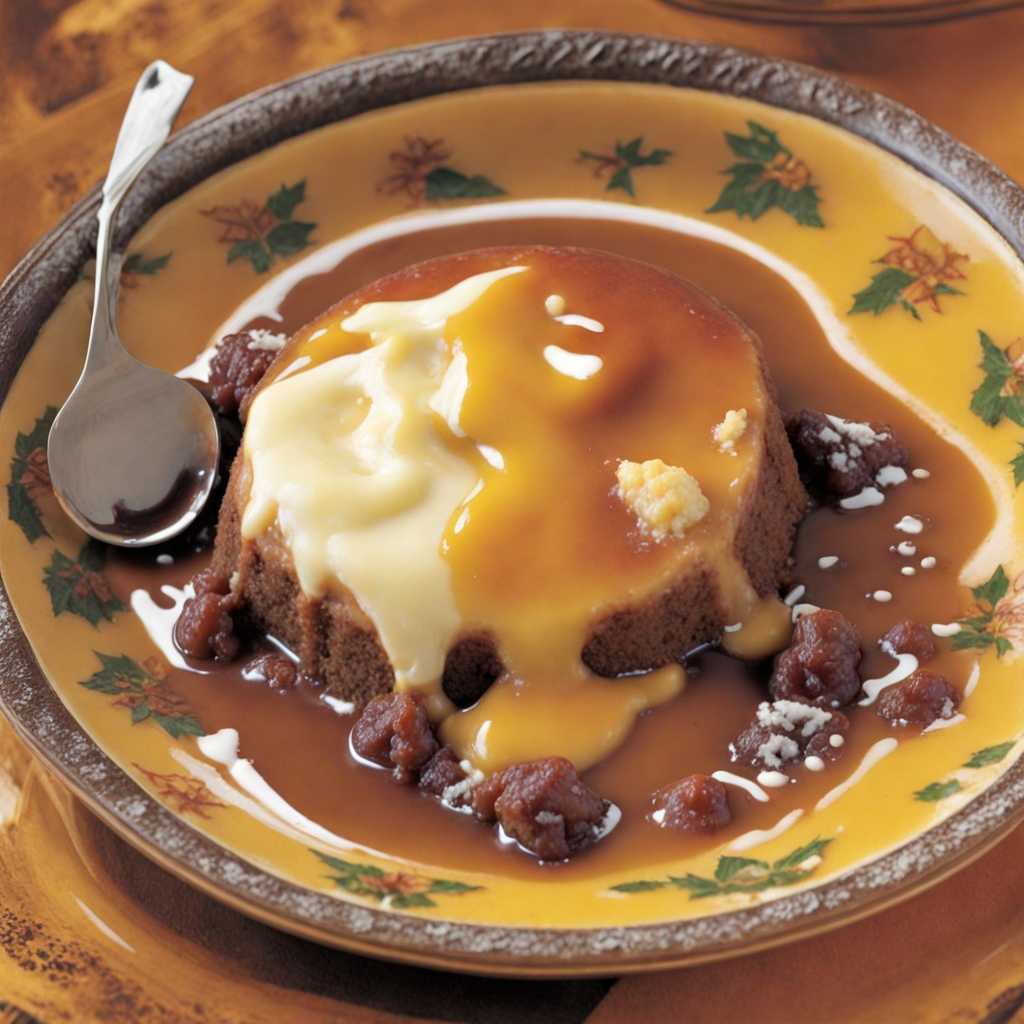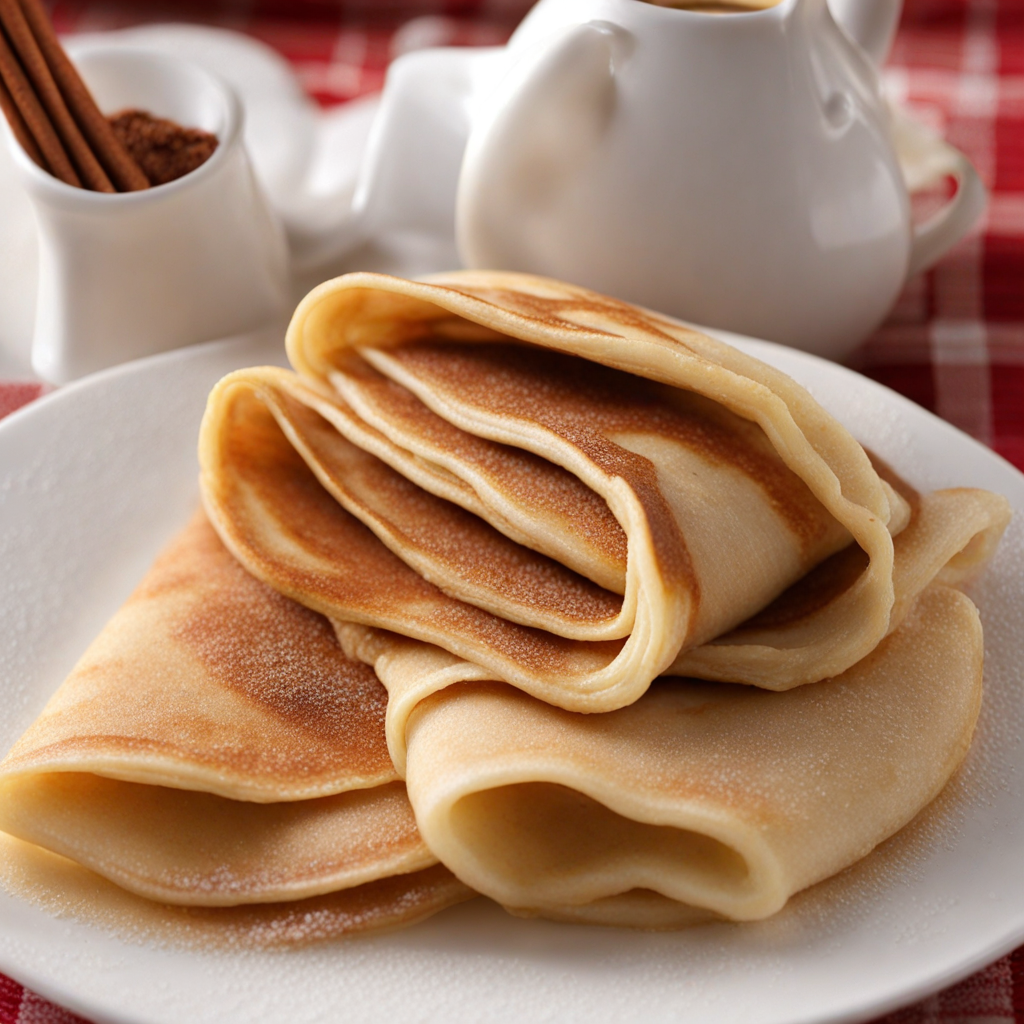Koeksisters
Koeksisters are a delightful South African treat that embodies the country’s rich culinary heritage. These sweet, syrup-soaked pastries are made from a dough that is braided into a twisted shape before being deep-fried to a golden brown. The result is a crispy exterior that gives way to a soft, fluffy inside, creating a delightful contrast in texture. The dough is often flavored with spices like cinnamon or nutmeg, enhancing the overall sweetness of the treat and making each bite a sensory delight. Once the koeksisters are fried, they are immediately submerged in a sweet syrup made from sugar, water, and sometimes lemon juice or vanilla. This syrup infuses the pastries with a rich, sugary flavor that seeps into every crevice, making for an indulgent experience. The combination of the crispy, warm dough with the cool, sticky syrup creates a unique sensation that is both comforting and exhilarating. Some variations even include a sprinkle of desiccated coconut on top, adding an extra layer of flavor and a slight chewiness to the experience. Koeksisters are often enjoyed as a snack or dessert and are particularly popular at festive occasions and gatherings. They are best served fresh, where the contrast between the warm, crispy pastry and the cold syrup can be fully appreciated. Whether paired with a cup of tea or enjoyed on their own, koeksisters offer a taste of South African culture that is both sweet and satisfying, inviting anyone with a sweet tooth to indulge in this beloved treat.
How It Became This Dish
The Sweet Journey of Koeksisters: South Africa's Beloved Confection #### Origins Koeksisters, a traditional South African delicacy, are a deep-fried pastry soaked in a sugary syrup, often flavored with spices like cinnamon and lemon. The name "koeksister" derives from the Dutch word "koek," meaning cake, and "sister," which evokes the idea of a sweet treat. This dessert reflects the fusion of cultures that characterizes South Africa's culinary landscape. The origins of koeksisters can be traced back to the Dutch settlers who arrived in the Cape in the 17th century. The settlers brought with them a variety of culinary traditions, including various types of pastries and sweet treats. The koeksister, as we know it today, is a product of this colonial influence, combined with the local ingredients and cooking methods that evolved in the South African context. The traditional koeksister is distinct from its Cape Malay counterpart, which is a braided version and often more syrupy and spiced. The Cape Malay community, descendants of slaves brought from Southeast Asia, added their own flair to the koeksister, infusing it with spices like anise and cardamom. This version is often enjoyed during festive occasions and is a staple at family gatherings, showcasing the melding of culinary practices that have occurred over centuries. #### Cultural Significance Koeksisters hold a special place in South African culture, transcending mere food to embody a sense of community, tradition, and heritage. They are often associated with celebrations and gatherings, serving as a sweet reminder of family ties and shared experiences. In many households, preparing koeksisters becomes a communal activity, often involving multiple generations coming together to make the treat, reinforcing familial bonds. In the broader social context, koeksisters symbolize the rich tapestry of South African culture. The country’s diverse population, comprising various ethnic groups, each brings their own culinary influences to the koeksister. This adaptability and evolution of the dish reflect South Africa’s complex history, where colonial, indigenous, and immigrant influences intersect. Koeksisters are particularly significant during the Muslim festival of Eid, where they are served alongside other traditional sweets. They are also popular at social events, including weddings and birthdays, representing celebration and joy. Street vendors often sell them at fairs and markets, making them accessible to all, further embedding koeksisters into the everyday fabric of South African life. #### Development Over Time As South Africa progressed through the 20th century, the popularity of koeksisters continued to grow, evolving with the times while maintaining their traditional roots. The introduction of new ingredients and cooking methods, alongside increasing accessibility to global culinary trends, influenced the way koeksisters were made and enjoyed. In the late 20th century, with the rise of globalization and increased cultural exchange, koeksisters began to find a place beyond local communities. They appeared in cafes and restaurants, often reimagined by chefs who experimented with flavors and presentation. This evolution helped to elevate koeksisters from humble street food to a more refined dessert option, catering to a broader audience. The 21st century has seen a resurgence of interest in traditional foods, spurred by a greater appreciation for heritage and authenticity. Culinary enthusiasts and home cooks alike have embraced koeksisters, experimenting with variations such as chocolate-filled versions or those topped with coconut. Some modern takes on koeksisters incorporate international influences, blending flavors from different cuisines, while still honoring the traditional essence of the dessert. Social media has played a significant role in the revitalization of koeksisters, with food bloggers and influencers sharing recipes and showcasing their unique interpretations. This visibility has not only increased the popularity of koeksisters but has also sparked conversations around cultural identity and the importance of preserving culinary traditions. As a result, younger generations are becoming more interested in learning how to make koeksisters, ensuring that this beloved treat continues to be a part of South African culture. #### Recipes and Variations The traditional recipe for koeksisters involves a dough made from flour, baking powder, sugar, and butter, which is then rolled out and cut into strips. These strips are twisted into shapes, deep-fried until golden brown, and finally soaked in a sweet syrup. The syrup, often flavored with spices, is what gives koeksisters their distinctive taste and texture. Variations of koeksisters are abundant. For instance, some versions might include additional ingredients like coconut or different types of extracts for flavor. The Cape Malay koeksister, with its braided form, is typically denser and has a more pronounced syrupy sweetness, while the Afrikaner version tends to be lighter and less sweet, focusing more on the dough's texture. In addition to these regional variations, contemporary twists on koeksisters have emerged, including gluten-free or vegan options, catering to modern dietary preferences without sacrificing the essence of the dish. These innovations reflect the dynamic nature of food as it adapts to changing tastes and lifestyles. #### Conclusion Koeksisters are more than just a delightful pastry; they are a testament to South Africa’s rich and diverse cultural heritage. They embody the history of the nation, showcasing how food can serve as a bridge between different cultures, communities, and generations. As South Africa continues to evolve, so too does the koeksister, adapting to new influences while remaining a cherished symbol of unity and celebration. In a world where culinary traditions are often lost to globalization, the enduring popularity of koeksisters reminds us of the importance of heritage, the joy of sharing food, and the power of a sweet treat to bring people together. Whether enjoyed at a family gathering, a street fair, or a fine dining restaurant, koeksisters will undoubtedly continue to hold a special place in the hearts and palates of South Africans for generations to come.
You may like
Discover local flavors from South Africa


